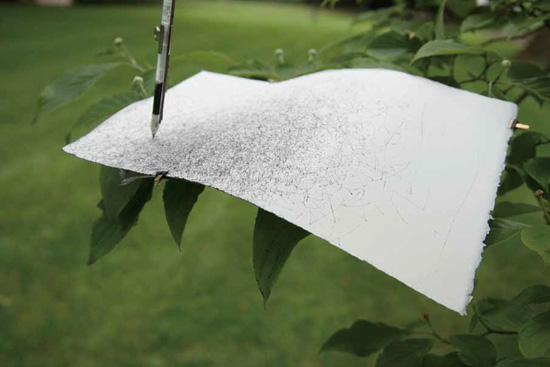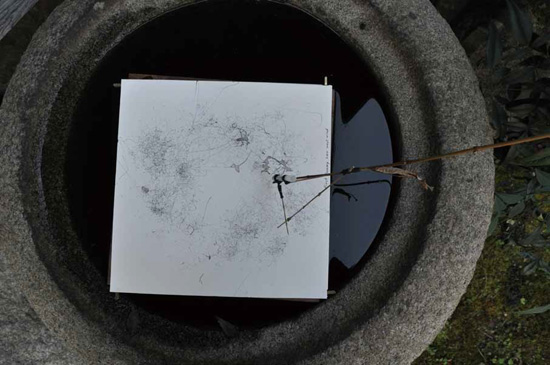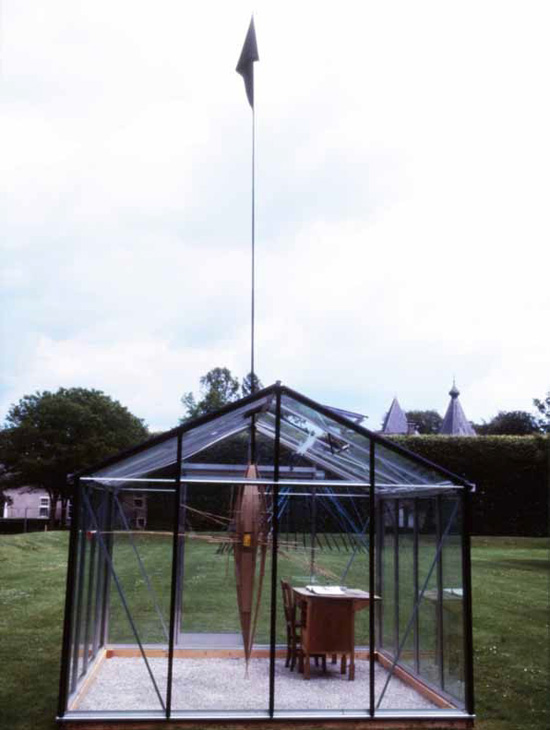|
Introduction of the artist:
Rikuo UEDA (Japan)
Born in 1950, Osaka, Japan. Selected solo exhibitions: 2010 Wind Panta Rhei,
Mikiko Sato Gallery, Hamburg, Germany / 2006 das Wind Haus, Ernst Barlach Haus,
Hamburg Germany / 2003 Gallery OU, Osaka / 2002 Wind Drawings, Ikon Gallery,
Birmingham, UK / 2000 John Waldron Arts Center, Bloomington, Indiana, USA /
Selected group exhibitions: 2010 Cosmos, Kunst Centret Silkeborg Bad, Silkeborg,
Denmark / 2008Between Art and Life. Performativity in Japanese Art, Centre d'Art
Contemporain Genève, Geneva, Switzerland / 2007 Wind collected. Rikuo Ueda &
Steen Rasmussen, Tikotin Museum of Japanese Art, Haifa, Israel / 2006 Guandu
International Outdoor Sculpture Festival, Taipei, Taiwan / 2011 Osaka
Triennale.
Introduction of works:

New York 01, installation, dimensions variable, 2000

Ota garden, installation, dimensions variable, 2010

WIND 01, installation, dimensions variable, 2011

WIND 04, installation, dimensions variable, 2011

Kunst in de tuni, installation, dimensions variable, 2004
Japanese artist Rikuo Ueda (b. Osaka, 1950) makes ‘wind drawings’. Or more
accurately, the wind makes drawings through mechanisms that the artist devises.
The most basic type involves a pen or some other mark-making instrument attached
to the end of a branch of a tree so that it touches and moves across a fixed
sheet of paper. Ueda’s more complicated drawing machines are idiosyncratic
inventions involving lengths of wood or metal suspended and counterbalanced,
with the drawing taking place inside an improvised architectural structure, the
wind catching sail-like shapes at the other end, outside.
For the Triennial Ueda makes a wind drawing machine that is located between
the inside and the outside of the Guangdong Museum, through a window on the
first floor. It is adjacent to a library, full of books with millions of legible
words inscribed on their pages. Ueda’s machine, on the other hand, produces
doodles as a result of illiterate natural force, traces of unseen movement
around this building dedicated to visual art. More than books, it is a place for
paintings, sculptures and drawings undertaken by artists who could not be more
deliberate in their mark-making, leaving traces of their distinct existences,
for others to encounter. Often these individuals, renowned for their
sensitivity, convey impressions of nature, but arguably nature’s impression of
itself is more remarkable. | 
